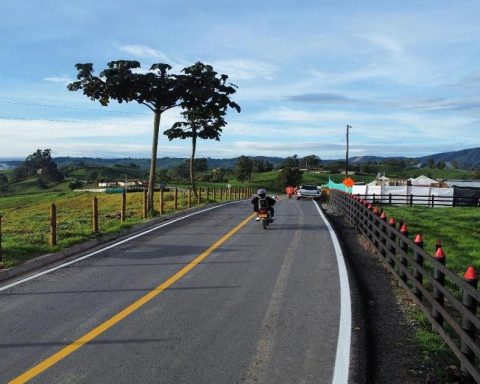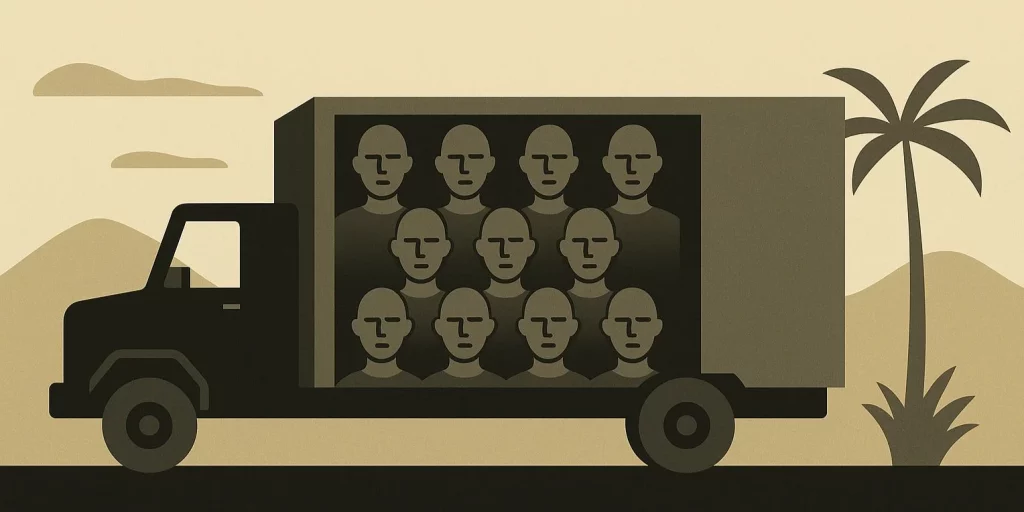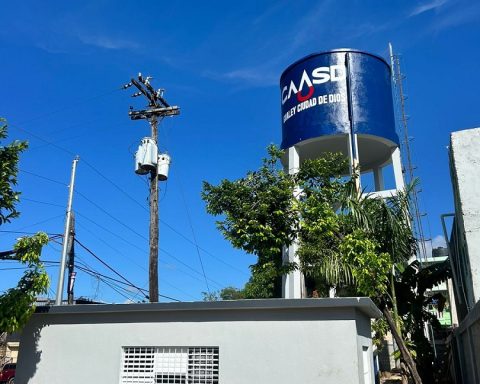The National Statistics Administrative Department (DANE) revealed on Tuesday, April 22, the updated data of multidimensional poverty in Colombia by 2024. An indicator that beyond the income of Colombians in the country, It allows to see the level of access to basic services and goods to have a good quality of life.
According to the statistical authority, the incidence of this scourge is felt in 11.5% of households, a data that marks a reduction compared to 12.1% that was observed in 2023 and gradually corrects the shot that this indicator had during the pandemic. Said simply, about 251,000 people left this condition in the last year, while six million remain as poor according to this survey.
Also read: These are the questions that the popular consultation will have
In the great domains there is also a fall in this reference, since for the headwaters it fell from 8.3% to 7.8%, which translates into 3.1 million poor Colombians (-175,000). Likewise, in populated and rural centers, multidimensional poverty dispersed It went from 25.1% to 24.3%, reporting 2.8 million people in this condition (-77,000).
It should be noted that this indicator allows to know the situation in which people experience deficiencies in multiple areas of their life, not only in terms of income, but also in education, health, work, access to public services and housing conditions. Its importance is that it allows the authorities, national and local, to meet the needs of the people with greater precision.
Poverty
EFE
Increase poverty in Bogotá
The DANE also presented the disaggregated by regions and there the accounts show that the central region and Bogotá were the only two areas in which there was a growth of multidimensional poverty, since for the first it went from 10.2% to 10.8% (0.6 percentage points) and in the capital it rose 3.6% to 5.4% (1.8 percentage points). However, from the statistical authority they stressed that they were not significant rebounds.
In the case of the Caribbean region, this reference went from 20.1% in 2023 to 18.5% in 2024; in the eastern 11.1% to 8.8%; in the Pacific from 12.6% to 11.8% and in the Orinoquía and Amazon from 24.1% to 20.3%. Meanwhile, when reviewing in nominal figures, the Caribbean regions (2.2 million), central (1.3 million) and Pacific (993,000), have the highest amounts of people in situations of multidimensional poverty.
More information: IMF fell to 2.8% growth projection for the world economy by Trump tariffs
However, with regard to the departments, the figures of the Dane reaffirm that the periphery continues to concentrate the highest multidimensional poverty rates, since Vichada (70.2%), Guainía (49%), La Guajira (39.3%), Vaupés (37.4%), collided (33.9%) and Córdoba (25.7%), 25.7%), 25.7%) They lead the ranking of the highest incidence of this problem.
In contrast, although it had an increase, Bogotá (5.4%) appears with the lowest data, followed by San Andrés (6%), Valle del Cauca (6.2%), Santander (6.8%), Boyacá (6.9%) and Cundinamarca (7.4%); all below the national average. Vichada and Córdoba were left with the largest increases in the last year, with 4.8% and 4.3%, respectively.

How many people exceeded poverty in Colombia?
César Melgarejo – Portfolio
Informality and education
The multidimensional poverty index measures in particular 15 indicators that are grouped into five dimensions, each with a different weighting, and there it is observed that education and work influenced more than 50% of the known data; While health is the least impact, although it compares with 2023, it had an important increase.
As regards the items that are reviewed by the DANE, informal work It is observed as the one with the greatest deprivation, since 70.7% of households appear in this box, putting again on the table that this is one of the problems that most affects Colombians today.
It may interest you: Why was the national emergency for yellow fever declared?
In the second place on the list is the low educational achievement, that is, those who did not finish the basic school year, with 38.3% of the private homes of this benefit. Meanwhile, school lag (22%), long -term unemployment (13.3%), inadequate excreta elimination (9.1%) and not having access to an improved water source (8.6%); They are the following on the list.
Another fact that attracts attention is that in 2024, the incidence of multidimensional poverty in homes where at least one member is recognized as Venezuelan and has resided for a year in the country was 37.2%; which represents a decrease compared to 52.3% of 2023. Meanwhile, for the case of the headwaters was 35.2% and for the populated and rural centers of 48%.

Informality,
Finally, in terms of gender gaps, the DANE said that 12.9% of the people who live in homes with female headquarters are in a situation of multidimensional poverty in Colombia, for a reduction of 0.4 percentage points compared to 2023. In contrast, 10.4% of those who live in homes with male headquarters are in this condition, which represents a decrease of 0.8 percentage points, considered statistically considered statistically significant.
“For regions in 2024, the highest incidence of people living in a home with a headquarters Female is in the Caribbean region with 19.2%. Followed by the Amazon-Orinoquía region with 18.2%, peaceful with 13.1%, central with 11.8%, oriental with 10.7 and Bogotá with 7.5%, ”says the report.
Other news: ‘Gas is key, but oil is the one that pays the accounts’: geologists
For the rest of the country, they reported that “the Amazon-Orinoquía region has the highest incidence in multidimensional poverty when evaluated by male leadership with 21.8%, followed by the Caribbean region with 17.9%, peaceful with 10.8%, central 9.9%, Eastern 7.2%and, finally, Bogotá with 3.4%”.
With all of the above, it remains on the table that continuing to work on the periphery and generate new labor formalization strategies and extension of educational coverage, remain as the Main challenges of the authorities, both nationally and in the departments and municipalities.


















